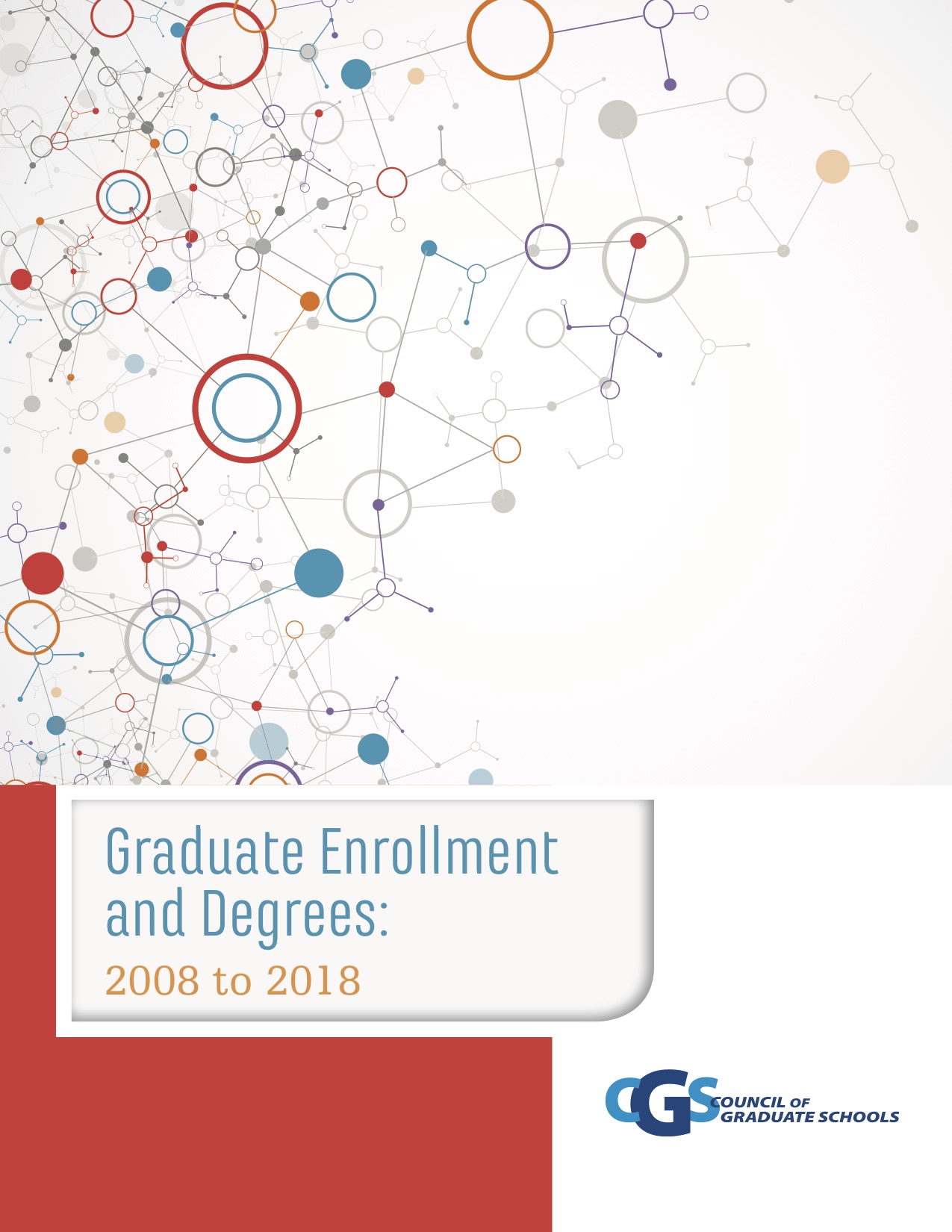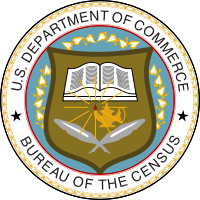Targeted Educational Programs Can Improve Educational Outcomes for Black Males
A new working paper published by the National Bureau of Economic Research finds that targeted educational programs geared toward young Black males can have a significant positive impact on lowering their high school dropout rates and raising their high school graduation rates.
New Analysis Looks at Admission Rates by Race at Virginia’s Public Universities
According to the report, when comparing applicants to the University of Virginia who had similar test scores on college entrance examinations and high school grade point averages, 74 percent of Black applicants were admitted compared to only 30 percent of White applicants.
Georgetown University Study Finds the Deck Is Stacked Against Black Workers
New research from the Georgetown University Center on Education and the Workforce finds that White workers have benefited from historical and systemic educational and economic advantages to build a disproportionate edge in the educational pipeline and the workforce that will continue to last for decades.
Racial Differences in Children’s Perception of the Intelligence of Men and Women
A new study conducted by New York University finds that children of all races are more likely to think of White men as " brilliant" compared to White women. But the study found that children of all races do not extend this stereotype to African American men and women.
School Choice in the United States by Racial and Ethnic Groups
In 2016, 3.3 percent of all students ages 5 to 17 were homeschooled. For African Americans, 1.9 percent of all students ages 5 to 17 were homeschooled. African Americans made up 15.3 percent of all students in the nation's public schools. But Blacks were 26.5 percent of all students enrolled in public charter schools.
New Report Offers Statistics on Pell Grant Recipients by Racial and Ethnic Group
More than 57 percent of African American undergraduate students received a federal Pell grant in the 2015-16 academic year. For White undergraduates, 31.5 percent of all undergraduates received a federal Pell grant. Blacks received 22.7 percent of all Pell Grants in the 2015-16 academic year.
Study Finds That HBCUs Pay A Premium to Underwrite Tax-Exempt Bonds
A recent study found that historically Black colleges and universities pay higher fees to underwriters than other colleges and universities to secure tax-exempt bonds for major projects. The authors conclude that racism plays a role in these higher fees.
Examining the Racial Gap in Graduate School Enrollments in the United States
If we look at total enrollments in U.S. graduate schools, we find that in 2018, there were 1,869,845 students. Of these, 190,224, or 10.2 percent were African Americans. Women made up 69.5 percent of all African American graduate school enrollments.
New Report Offers Data on Race/Ethnicity of Pell Grant Recipients
Federal Pell grants are financial awards provided to undergraduate students who demonstrate significant financial need. More than 57 percent of African American undergraduate students received a federal Pell grant in the 2015-16 academic year. For White students, 31.3 percent of all undergraduates received a Pell grant.
Report Finds HBCUs Do a Great Job in Aiding the Upward Economic Mobility of...
A key finding of the report from the Graduate School of Education at Rutgers University in New Jersey is that despite the fact that many students at HBCUs come from low-income families, nearly 70 percent of students at HBCUs attain at least middle-class incomes after graduation.
Department of Education Study Shows Racial Differences in Crime Victimization at Schools
A new report from the U.S. Department of Education finds that during the 2016-17 school year, 2.6 percent of Black students in the 12-to-18 age group with victimized by crime compared to 2.2 percent of Whites. Blacks were slightly less likely than Whites to be victims of violent crime while at school.
The Persistent Racial Gap in Scores on the SAT College Entrance Examination
Nearly half of all Black test takers did not meet the minimum benchmark for college or career readiness in either reading or mathematics. For Whites, the figure was 18 percent.
Black Women Have the Highest Voting Rates Among U.S. College Students
African American college students raised their voting rate by more than 18 percentage points between the 2014 and 2018 midterm elections. Among college students, Black women had the highest voting rate of any racial or ethnic group.
Stanford University Research Finds Persisting Racial Segregation in Public Schools
Analyzing data on all public schools in the United States from 2008 to 2016, Stanford University researchers conclude that "racial segregation appears to be harmful because it concentrates minority students in high-poverty schools, which are, on average, less effective than lower-poverty schools."
Racial Inequities in the Financing of Graduate Education in the United States
The good news is that African Americans have greatly increased their percentage of graduate student enrollments. The bad news is that a large share of African American students are taking on debt to finance their graduate education.
Report Finds “Non-Glaring” Racial Differences in Criminal Prosecutions
Researchers from Florida International University examined nearly 87,000 prosecutions in Hillsborough County, Florida. Although there were some differences between racial groups, the disparities were not glaring, researchers found.
University Study Finds Racial Gap in Dentist Visits by Older Americans
The study asked more than 20,000 adults over the age of 51 if they had visited a dentist over the past two years. Some 71 percent of participants responded yes. But there was a significant difference between Blacks and Whites.
The Persisting Racial Wealth Gap and Its Impact on Higher Education
New Census data shows that the median net worth of non-Hispanic White households was $139,300 in 2015. For Black households, the median net worth was $12,780. Thus, the median net worth of White households was nearly 11 times the median net worth of Black households.
Manipulating School District Boundaries Has Increased Racial Segregation
A new study published by the American Educational Research Association shows that since 2000, school district secessions in the South have increasingly sorted White and Black students weakening the potential to improve school racial integration.
Racism and “Categorical Manipulation” in Disability Status in Education
A new study from the University of Kansas shows that when groups who have enjoyed status and prestige for a long time are forced to accept outsiders into their customary categories, they can move down to what formerly was a less prime slot and use their influence to redefine the terms of categorization.
A Check-Up on Trends in Black Applicants and Matriculants at U.S. Medical Schools
The study found that the number of applicants and matriculants from underrepresented groups increased at a greater rate than for applicants and enrollments as a whole. However, the study found that from 2002 to 2017, Black applicants and matriculants of both sexes were still underrepresented.
New Report Focuses on Disparities in School Discipline Faced by Black Girls
A new report from the African American Policy Forum and the Center for Intersectionality and Social Policy Studies at Columbia Law School finds that Black girls face a statistically greater chance of suspension and expulsion compared to other students of the same gender.
Gender and Race Both Have a Major Impact on Black Women’s Inequality in the...
In 2017, Black women earned 61 cents for every dollar earned by White men, amounting to $23,653 less in earnings over an entire year. In the span of a 40-year career, this translates into an average lifetime earnings gap of $946,120 between Black women and White men.
A Snapshot of the Status of African Americans Among School Principals in the United...
African Americans were more than 20 percent of all principals at schools where 75 percent of all students qualified for federally financed school lunches. But Blacks were only 3.8 percent of the principals in schools where less than 35 percent of all students qualified for free lunches.
Higher Education Does Not Protect Blacks From Environmental Hazards at Work
Blacks with a college-education were significantly more likely than their educated White peers to be in jobs that exposed them to second-hand smoke. This health hazard has been shown to increase the risk of heart disease, stroke, and cancer.
West Virginia University Scholars Developing a Toolkit to Help Increase Faculty Diversity
The team is investigating which approaches, leadership roles, and institutional contexts are advancing faculty equity in STEM. They are assessing the impact of initiatives that focus on transforming institutional culture and implementing programs to help underrepresented graduate students reach their career goals.
U.S. Department of Education Releases New Data on Racial Differences in Financial Aid
Whites were significantly more likely than Blacks to receive merit-based financial aid from their colleges or universities. Some 14.2 percent of Whites received merit-based financial aid from their colleges or universities compared to 8 percent of Blacks.
New Study Shows Declining Racial Gaps in Criminal Sentencing Since the 1990s
In 1992, Black Americans were sentenced to roughly 27 more months in prison than White Americans, increasing to a difference of 42 months in 1996. In 2016, the gap was only eight months, an 80 percent reduction from 20 years earlier.
Research Documents a Significant Lack of Racial Diversity in Cancer Clinical Trials
"Our findings show that the science might not be applicable to the population that’s going to receive the medications," said the study’s lead author, Dr. Jonathan Loree.
New Report Documents the Rise of Racial Hate on College and University Campuses
The report document that in 2016, more than 1,000 hate crimes were committed on college campuses across the country. Furthermore, the report finds that between 2011 and 2016, there was a 40 percent increase in campus hate crimes.
Study Discovers Localized Standards Lead to More Diverse Gifted Education Programs
Nationwide, only the top 5 to 15 percent of all students qualified for gifted education classes. But of the top 50 to 15 percent of students at all schools qualified for gifted education, African American enrollments in these classes would quadruple.
Black-Led Venture Capital Funds Are Judged More Harshly Than Their White Counterparts
venture capital funds managed by a person of color are judged more harshly by professional investors than their White counterparts with identical credentials. The findings also suggest that minority-owned venture capital firms actually face more bias when they are successful.
The Racial Gap in Participation in High School AP, IB, and Dual Enrollment Programs
According to a new report released by the U.S. Department of Education, White high school students are far more likely than their Black peers to take Advanced Placement (AP) classes, international baccalaureate (IB) courses or participate in dual enrollment courses with colleges.
Study Finds New Information Regarding the Elaine Massacre of 1919
In the fall of 1919, a mob of about 500 to 1,000 White people stormed through Phillips County, Arkansas, killing Black men, women, and children on sight. It is estimated that between 100 and 237 African Americans were killed during the riot.
Police Use-of-Force Is the Sixth Leading Cause of Death for Young Black Men
The results found that about 100 in 100,000 Black males will be killed by police during their lives, while only 39 White males per 100,000 are killed by police. This means Black males are about 2.5 times more likely to be killed by police than White males.
The Snail-Like Progress of Black Scholars on College and University Faculties
In 1997, Blacks made up 5 percent of all college and university faculty, compared to 6 percent 20 years later in 2017. At this rate of progress, the percentage of Blacks on the faculties of American colleges and universities would not reach parity with the percentage of Black enrollments for 160 years.














































